Do you know the difference between USB-A and USB-C? We list all the standards in circulation today and how to use them.
It is not a luxury to be able to separate the different communication standards. Every electronic device has a limited number of ports. You can use these ports to connect devices to each other or to charge them. So you need to know which cable you can use for which device. Over the years, the number of types of connection standards has expanded significantly, and many consumers have a tray full of various cables. From USB-A 1.0 to USB-C 4.0 and Thunderbolt, we explore this forest of dongles, ports, and cables. After reading this piece back you will never go wrong again.
USB: 1.0 to 4.0
We start with one of the best known standards: USB. You don’t have to be an IT expert to hear this acronym. USB stands for a long time Universal Serial Bus. Standard USB is often used to connect peripheral devices to a computer. Think mice, keyboards, webcams, and portable hard drives. Via a USB cable, data packets and control information can be exchanged between the host device and external peripheral devices.
Chip manufacturer Intel took the lead in 1996 to develop the first USB standard. The development of a universal connection port solved many problems associated with connecting external devices at that time. First, it was useful to manufacturers of those peripherals. They can now develop products that are compatible with both Windows and Mac computers. But the advantages offered by USB are mainly of a technical nature. Data is transferred faster via the USB protocol, and USB cables power the connected devices so they are always on. Finally, devices can be connected without having to restart your computer; This is technically called “express delivery”.
There are also different categories within USB. The USB protocol has been continuously improved since 1996 to increase speed and power capacity. This allowed more types of equipment to use the USB protocol. In the table below, we provide a chronological overview of the different USB versions. This will always be mentioned on the packaging.
| Issuance | Speed | Stream | year |
| USB 1.0 | 1.5 Mbps | 500 mA | 1996 |
| USB 1.1 | 12 Mbps | 500 mA | 1998 |
| USB 2.0 | 480 Mbps | 500 mA | 2000 |
| USB 3.0 | 5 Gbps | 900 mA | 2008 |
| USB 3.1 | 10 Gbps | 2000 mA | 2013 |
| USB 3.2 | 16 Gbps | 2000 mA | 2017 |
| USB 4.0 | 40 Gbps | 5000 mAh | 2019 |
USB-A vs. USB-B vs. USB-C
The speed of USB cables isn’t the only difference we make within the USB family. Each dongle’s USB cable ends up that you have to insert into the USB port of the device. There are three types of USB sockets in circulation. The oldest and perhaps the most well known is USB-A. You can recognize this type of USB by its sturdy rectangular dongle. Although USB-A has been around since 1996, USB-A devices are still very popular. Most laptops have one or more USB-A ports. You can use it to connect a keyboard and/or mouse, for example, or to insert a USB stick to store files. After USB-A comes USB-B. USB-B can be considered the strangest bird in the USB family. Not only because of its square shape, but also because this type of USB is much rarer than USB-A. If you have a printer or scanner at home, chances are you may be using USB-B.
The successor to USB-A and USB-B is called USB-C. This type of dongle has the same rectangular shape as USB-A, but with a smaller size. USB-C is better than its predecessors because it achieves much faster speeds. USB-C devices support at least protocol 3.1 which results in maximum data rates of 10-16Gbps, depending of course what the host device can handle. So more and more electronics manufacturers are switching to USB-C. Within the three main USB categories, you also have Micro-USB and Micro-USB, which are adapted for smaller devices. The different types of USB can also be perfectly used in combination with each other. You have many cables that have a USB-A dongle on one end and a USB-C dongle on the other end to connect different types of devices together. You can also use USB adapters If your device does not have the correct port for your cable.
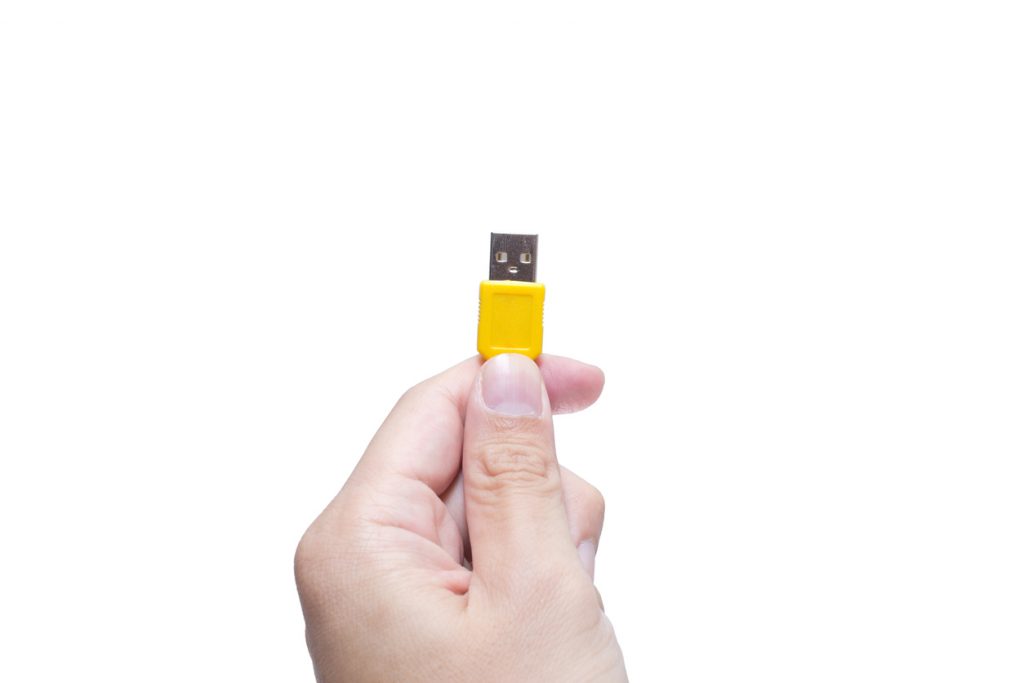
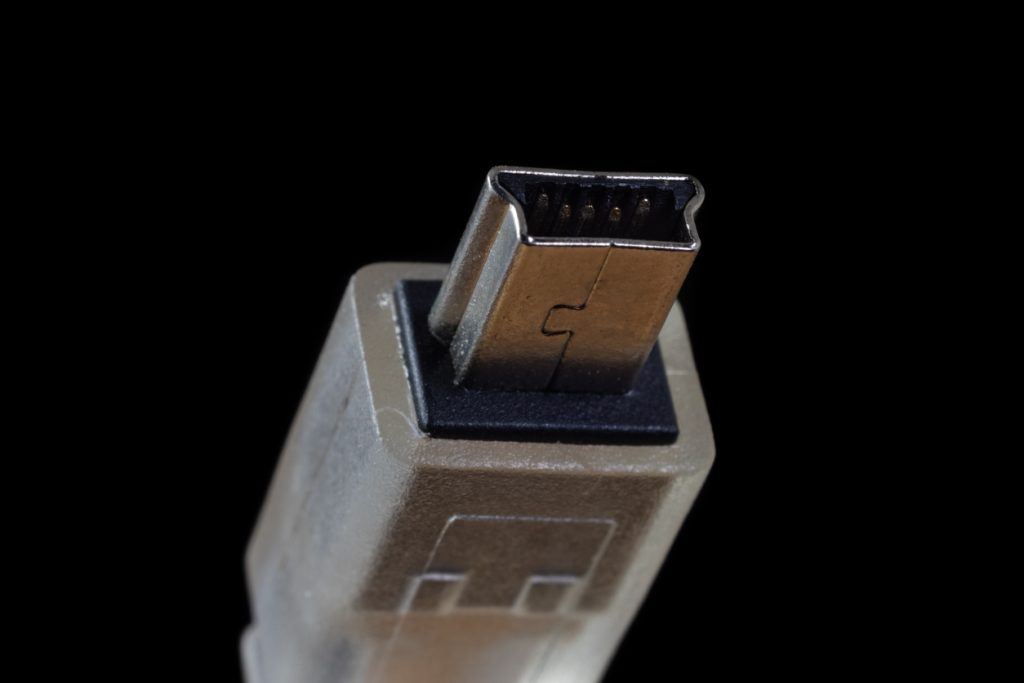
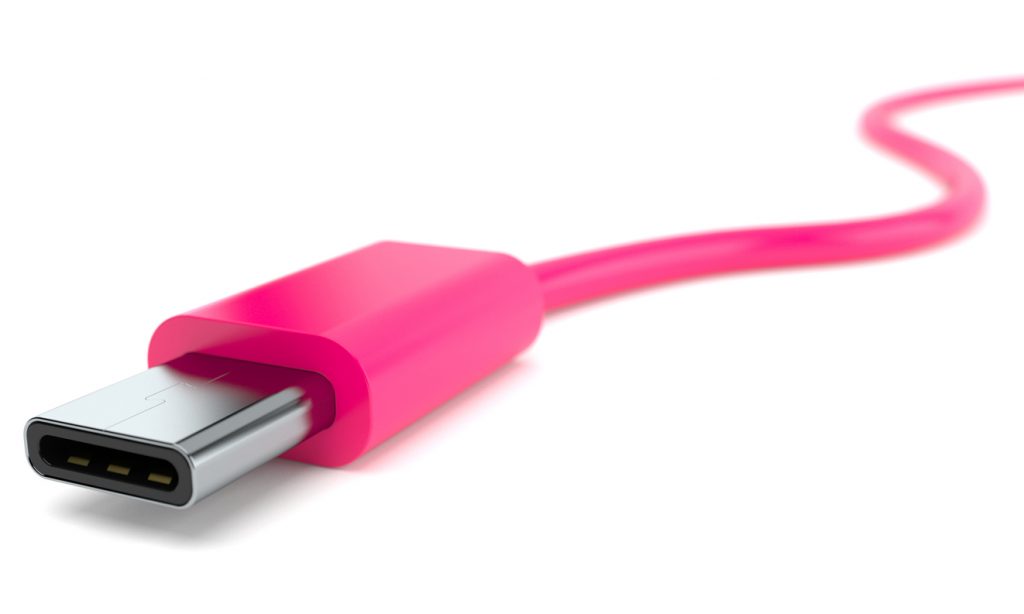
USB-C is the future
All those different USB standards will give a person a pointy head. Moreover, it is also not user friendly for consumers. For one device, you need a USB-A cable, and a USB-C cable for the other, and in the long run, you’ll be stuck at home with a tangle of cables. Fortunately, that is about to change. The European Union has Bill approved That as of 2024, all electronic devices must support a USB-C-capable charger. From now on, you’ll only need one charger for all your devices in the house, from laptops to camcorders. A transition period to 2026 projected for laptops.
Standardizing your chargers should not only ensure that you have fewer cables at home, but also ensure that you get rid of fewer chargers. However, this commitment did not come without struggle. Manufacturers, led by Apple, have long tried to thwart this problem. They argued that standardization would thwart innovation in shipping technology, but the EU brushed aside that argument. In the long run, USB-C will become the standard par excellence. We can already see that micro- and mini-USB have been almost completely replaced by USB-C and it seems only a matter of time before the days of USB-A are numbered as well.
Thunder and lightning
And that brings us to the next big hack: Thunderbolt. Thunderbolt uses the same dongle as USB-C and is therefore often counted under the USB category, but it’s not quite the same. Apple was one of the first major electronics manufacturers to embrace Thunderbolt, and also contributed to its development. But Thunderbolt, contrary to legend, is not an exclusive invention of Apple. Apple developed the first versions with Intel, but the chip manufacturer gradually took over the rights so that other brands could use the technology as well. Thunderbolt 1 and 2 still use Mini DisplayPort, a connection standard used to transmit video and audio. The USB-c adapter has only been certified with the current Thunderbolt 3 standard, and the standard has also been supported more widely. You can identify a Thunderbolt adapter or port by the thunderbolt sign.
Thunderbolt has two main advantages over USB. The most obvious is the increased bandwidth and power capacity of Thunderbolt. Thunderbolt 1 achieved a 10Gbps connection speed, Thunderbolt 2 doubled that to 20Gbps and with Thunderbolt 3 you get even 40Gbps. Since more protocols are also supported, you can connect multiple devices to a single port. Thunderbolt uses daisy chain technology for this. If you connect a device to your computer via a Thunderbolt cable, you can use that device’s Thunderbolt port to connect a second device. This way, you can chain up to 6 devices, so you only need one port on your computer to connect multiple devices. The new version of Thunderbolt achieves the same speeds as the previous version, but improves video data support. Thunderbolt 4 allows you to connect an 8K display or two 4K displays to your computer.
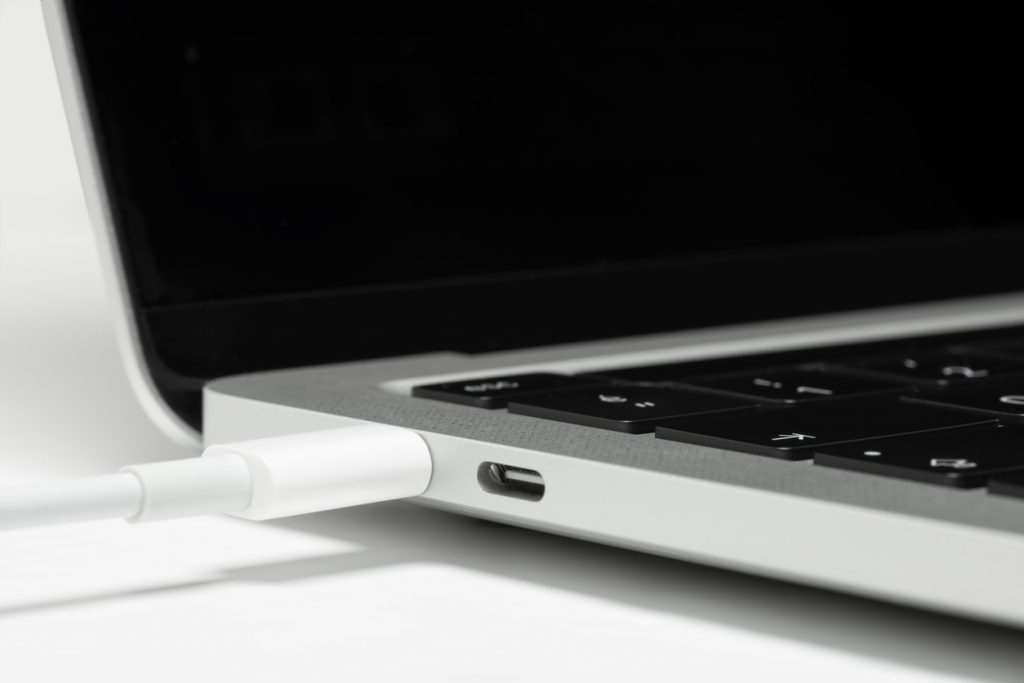
HDMI vs. DisplayPort
In addition to one or more USB ports, many electronic devices are also equipped with an HDMI or DisplayPort. HDMI (High Definition Multimedia Interface) is a completely different communication standard from USB and is primarily intended for transmitting audiovisual data. So you will usually find an HDMI port on laptops, TVs, monitors, and game consoles. HDMI itself was the successor to DVI (Digital Visual Interface). Since DVI is based on analog signals, HDMI is a digital signal that no longer needs to be converted. The first HDMI cables appeared in 2002. Thanks to HDMI, the image resolution can be increased, but HDMI itself also had to constantly evolve with the latest developments in image technology. Support HDMI 1.0 maximum 1080p, from HDMI 1.4 4K images can be displayed. HDMI 2.0 has made the jump to 8K and the current standard HDMI 2.1 can theoretically handle 10K, although there aren’t any implementations of it yet.
HDMI’s counterpart is DisplayPort. DisplayPort can be considered as a successor to VGA. Behind technology are some of the great powers of the technology sector. Of course, Intel once again has a finger in the pie, but Samsung, Dell, HP, Philips, Nvidia, and AMD have also teamed up. wonderfull collection. DisplayPort is used for the same applications as HDMI, but it can put up with more bandwidth than its competition. The current standard DisplayPort 2.0 has a maximum bandwidth of 80 Gbps, compared to 48 Gbps with HDMI 2.1. As a result, DisplayPort can display 8K images at a refresh rate of 120 Hz, while this HDMI port will be limited to 60 Hz. Over time, it is possible that DisplayPort will be increasingly integrated with Thunderbolt and we will have cables that integrate USB and DisplayPort functionality with each other.
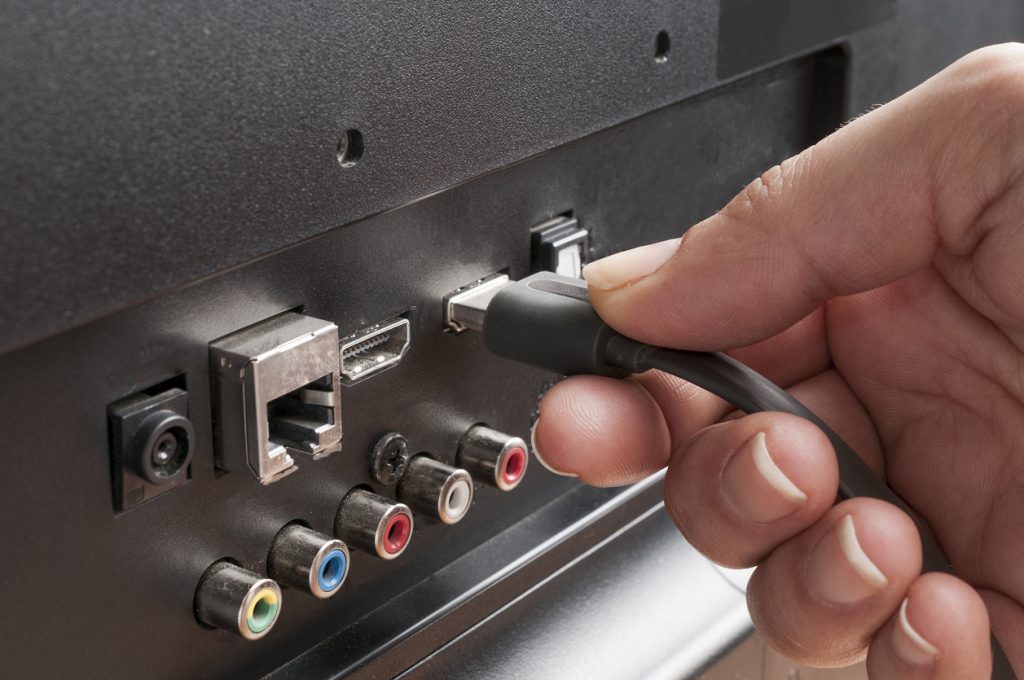
Note: This product requires JavaScript.

“Thinker. Coffeeaholic. Award-winning gamer. Web trailblazer. Pop culture scholar. Beer guru. Food specialist.”






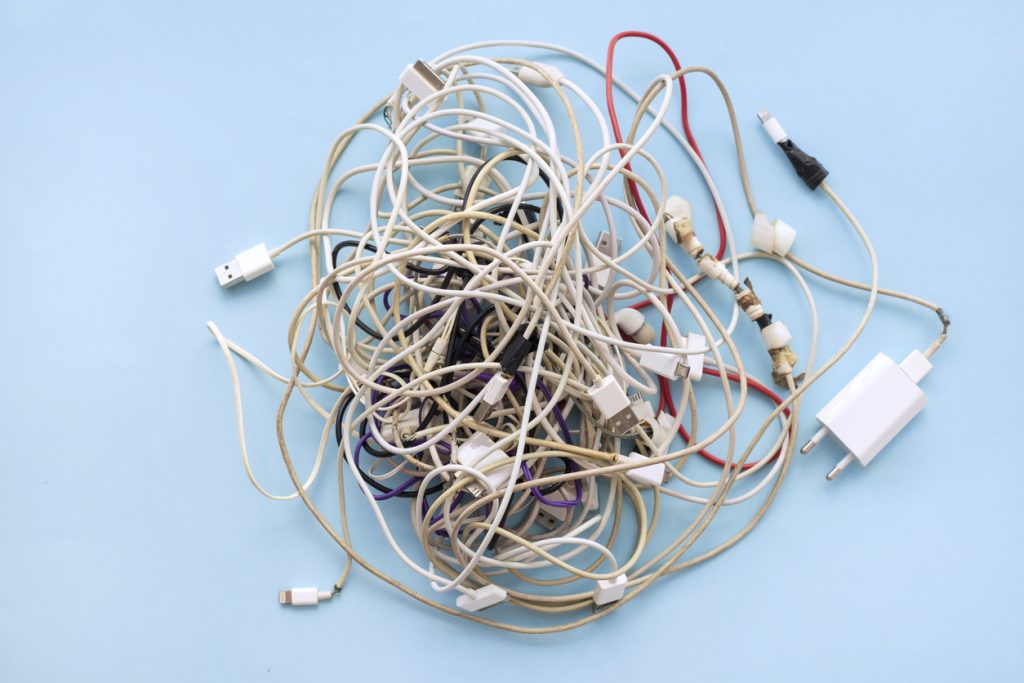
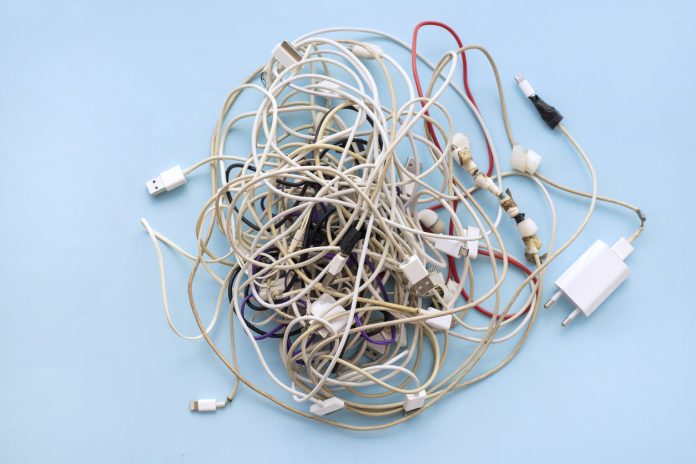
More Stories
Comet Tsuchinshan-Atlas is ready to shine this fall
Sonos isn’t bringing back its old app after all
Indiana Jones and the Great Circle is coming to PS5 in spring 2025